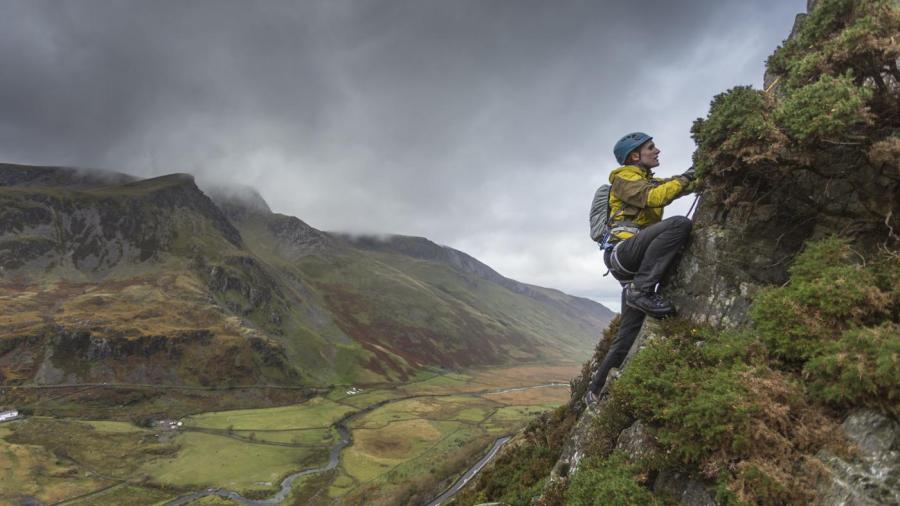Climate In The Andes Mountains
How Practise Mountains Affect Climate?

Mountains affect climate by blocking wind and receiving more than rainfall than low-lying areas. Every bit air is forced over college footing, it cools, causing wet to condense and autumn as rain. The college a location is above body of water level, the colder it is. This occurs because every bit distance increases, the surround airing becomes thinner and less effective at absorbing and retaining heat.
When air flows over a mountain, it is forced up. This causes more rain to fall on the windward side of a mountain and an influx of warm air to breach the dorsum side. This relationship explains why mountains frequently present 2 completely different landscapes. Ane side is commonly light-green and fertile, while the other is arid and desert-like.
In addition to altering the climate, mountains too produce local affects from the change of air pressure and period. Wind flowing through mountainous areas is channeled through a tunnel effect. This causes stiff winds and aggressive weather condition formations.
In add-on to local effects, mountains impact the climate on a much wider calibration. The formations of mountain ranges increase the amount of high-distance state mass, thus increasing the total land area covered by snowfall. Snow has pregnant reflectivity, which subsequently increases the amount of reflected sunlight. This, in turn, reduces the overall amount of energy absorbed at the Globe's surface.
Climate In The Andes Mountains,
Source: https://www.reference.com/science/mountains-affect-climate-733bcb87980449f6?utm_content=params%3Ao%3D740005%26ad%3DdirN%26qo%3DserpIndex&ueid=97f43c49-eb0f-47ca-99c2-21fe11db8d87
Posted by: sullivanrefereall.blogspot.com


0 Response to "Climate In The Andes Mountains"
Post a Comment